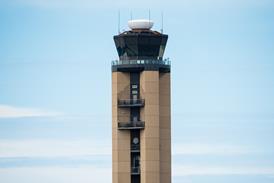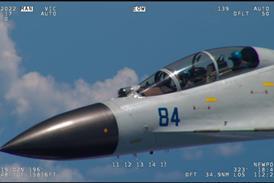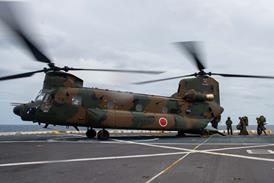India's new revised defence-offset guidelines will be applied to all defence contracts awarded after 1 January 2011. They reinforce the nation's focus on augmenting capacity for research and development, fostering the development of internationally-competitive enterprises and also give a boost to the civil aviation and homeland security sectors.
However, the roughly $16 billion medium multi-role combat aircraft (MMRCA) deal to be covered under India's restrictive 2006 policy will not reap any advantage. Disappointment expressed by a French analyst says it all: "Imagine you were condemned to death for whatever reason. Then a new legislation in your country abolishes the death penalty. Would you be happy if the new rule was not retroactive?"
There is good news for international original equipment manufacturers (OEM) eyeing India's penchant for arms that include 197 light helicopters for the army, $1.5 billion for refuelling tankers, $2.4 billion for a Dassault Mirage 2000 fighter upgrade for the Indian Air Force, and billions more on submarines, tanks and artillery. In all, the nation is expected to buy military equipment worth $80 billion over the next five years.
The offset rules revision recognises the transfer of technology (TOT) eligible for discharge of offset obligations without restriction on domestic production, sale or export.
"The offset credit for TOT, at 10% of the value of the buy-back by the OEM, will ensure only the technologies that will result in real production are eligible for offset benefit. Indian offset providers can now get some of the latest manufacturing know-how," says Rahul Gangal, director, defence advisory and investments at Aviotech.
Some local manufacturers are upbeat, with big-ticket defence purchases in the offing. "Samtel is at a stage where it can offer a repertoire of avionics displays and advanced systems to meet customised requirements of the worldwide aerospace industry," says Puneet Kaura, executive director of Delhi-based Samtel Display Systems.
"There remains a lack of clarity on the implementation body that will monitor the TOT and IPR [intellectual property rights] for which the industry recently called for a National Technology Audit Agency and an integrated legal framework to be put in place to ensure TOT is managed and audited," says Ajay Batra, an IPR evangelist.
Hi-technology transfer that can be treated as offsets with a multiplier of up to three will be an incentive to OEMs. A list of technologies will soon be released by India's Defense Research and Development Organisation. Technologies for single crystal blades, materials, seekers and nano technology figure on the list, Flightglobal has learned.
Other revisions include the discharge of offset obligation greater than the period of the main contract by two years, capping penalties to 25% and the inclusion of non-cash equity, such as tooling and training, as offsets. The validity of banking offset credits is being increased to seven years from the present two years.
Source: Flight International


























